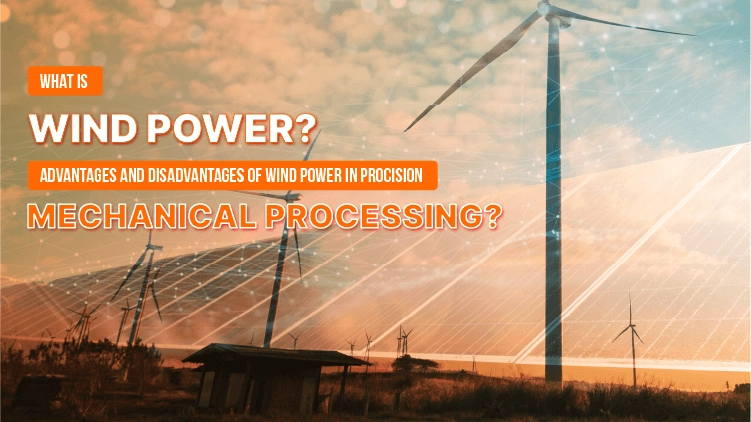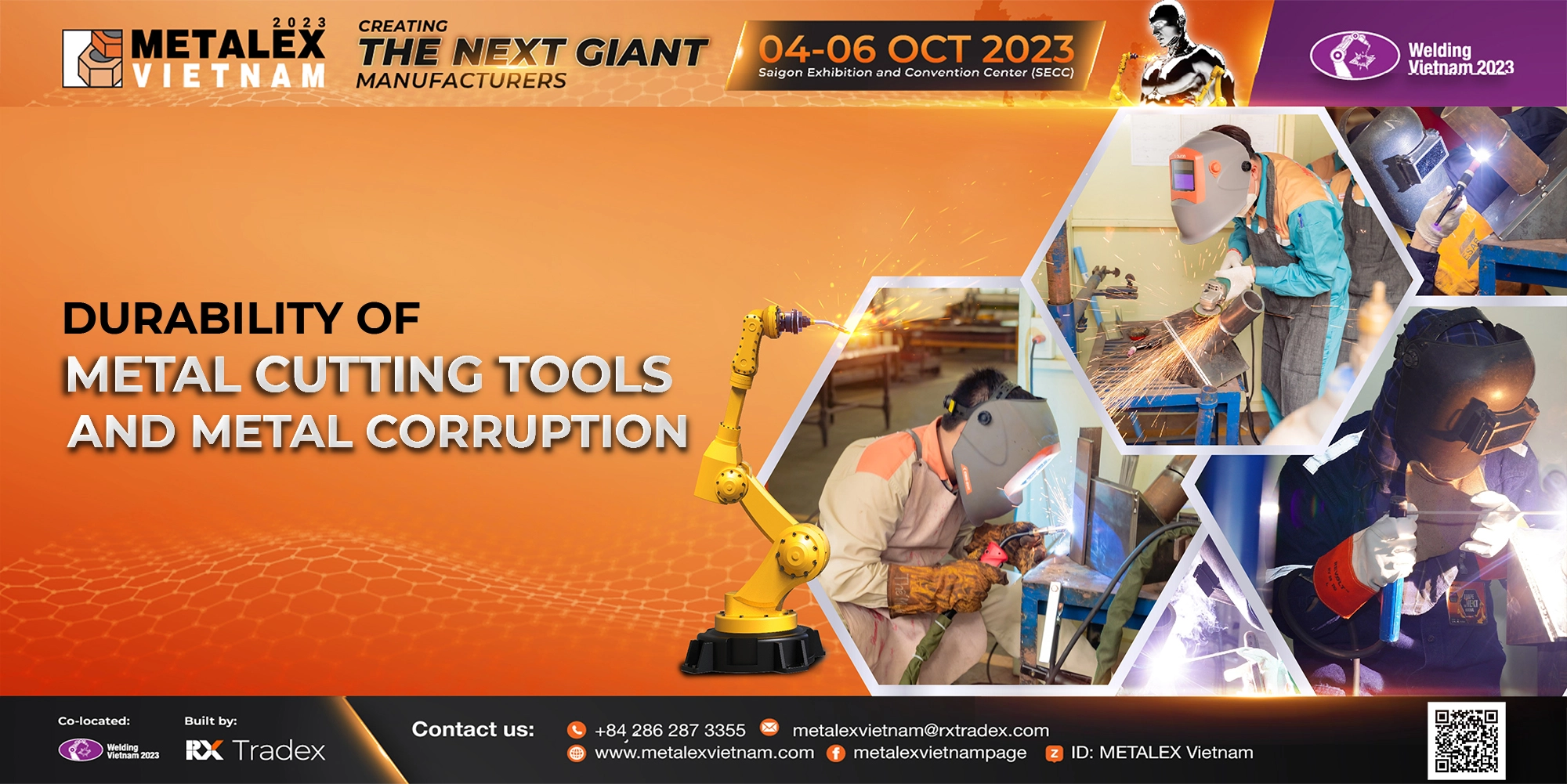The importance of the energy industry in CNC machining

In the modern industrial era, the manufacturing industry is undergoing significant transformation with rapid technological advancements. Among these, Computer Numerical Control (CNC) machining plays an undeniable role. Concurrently, managing and optimizing energy in the CNC machining process has also become an indispensable part, bringing considerable benefits to businesses in the sector. In this article, RX Tradex will explore the importance of the energy industry in CNC machining and the benefits it brings.
1. What is CNC machining?
CNC machining is the process of using computer-controlled machinery (laser beams) to cut, drill, mill and shape materials such as metal, wood, plastic and various others. CNC machines facilitate the creation of precise products, cutting intricate details with high repeatability. Particularly, the energy industry in CNC machining is prevalent in industries such as wind energy, solar energy, hydroelectric power...
As of today, the application of CNC technology plays a crucial role in enhancing productivity and product quality in the energy sector. By utilizing advanced CNC machines, businesses can quickly and accurately fabricate complex products, minimizing errors from manual labor, thus saving time and production costs. Additionally, CNC technology provides high flexibility, enabling the production of diverse and customized products according to customer demands.

2. Superior benefits of energy sector in CNC machining
CNC laser machining allows cutting various complex shapes (square holes, round holes, grooves, cutting slots...) or cutting according to custom shapes. With such flexibility, CNC machining plays a crucial role in renewable and non-renewable energy sectors. Below are some applications of the energy industry in CNC machining.
2.1. CNC machining for solar energy components
The solar energy industry has undergone significant changes from substantial growth in solar panel installations to optimizing new technologies, improving efficiency, and production processes to maximize resource savings and environmental protection. CNC machining plays a crucial role in producing components and parts of solar energy systems. By using advanced CNC technology, businesses can fabricate solar panels, clamps, rails, and other accessories accurately and efficiently.
2.2. CNC machining for wind energy
Sustainable development is a top priority for countries aiming to commit to global climate change mitigation. Wind energy is one of the renewable energy sources, a breakthrough solution.
In the wind energy sector, components and parts not only require high accuracy but also need to withstand high pressure. Hence, most wind turbine parts are manufactured using CNC technology. Thanks to its flexibility and high accuracy, CNC machining helps produce blades, shafts, and other components with high precision and durability, thereby enhancing the performance and lifespan of wind turbines.
2.3 CNC machining for hydroelectric turbines
The hydroelectric sector is also one of the prominent industries utilizing CNC technology in the manufacturing process. Hydroelectric turbines require precise components and parts with necessary durability for efficient operation. The energy industry in CNC machining aids in producing turbine blades, inlet pipes, turbine casings, and other large-sized parts with high precision, ensuring stable operation and high performance of hydroelectric turbines.
3. How has CNC machining changed the energy sector?
The benefits of CNC machining technology significantly support the development of the energy sector due to various advantages such as precision, high efficiency, thus saving manufacturing costs, labor, and time. Below are some significant changes in the energy industry in CNC machining.
3.1. Increased production efficiency
Applying CNC machining technology to the energy sector can help execute cutting processes quickly. With fast cutting speeds and rapid job switching times, CNC laser machines can increase production efficiency.
Equipment and systems are designed to operate efficiently, minimizing waiting times, and optimizing production processes. This not only brings benefits in terms of increased productivity but also reduces downtime and machine stops, enhancing continuous and stable production.

3.2. Material savings
Thanks to intelligent control software and automation from CNC machining, such as cutting according to design patterns, arranging parts on material sheets, it can optimize cutting processes to reduce material waste.
Furthermore, CNC machining uses non-contact laser technology to avoid damage to cutting tools or wear and tear, thereby extending the lifespan of cutting tools and reducing maintenance costs.
3.3. Environmental protection
Environmental protection challenges in the metalworking industry have always been alarming. Using renewable energy sources, applying advanced technology, and high-tech solutions in production are effective solutions that businesses aim for.
Energy management in CNC machining not only brings economic benefits but also contributes to environmental protection. By using renewable energy sources and energy-saving equipment, businesses can minimize emissions into the environment and their environmental impact, thereby supporting efforts to mitigate climate change and pollution.
4. Conclusion
In the CNC machining industry, efficiently managing and utilizing energy is not only a technical issue but also a critical factor for the success and development of businesses. Applying advanced technologies and energy-saving measures in the energy industry in CNC machining is not only a commitment to the environment but also an advantage to enhance competitiveness in the market.






